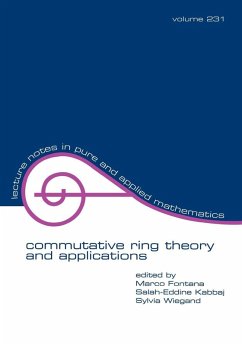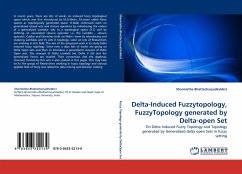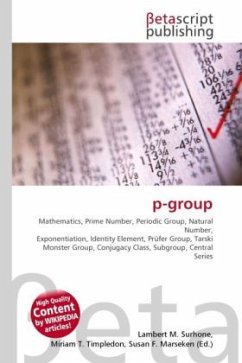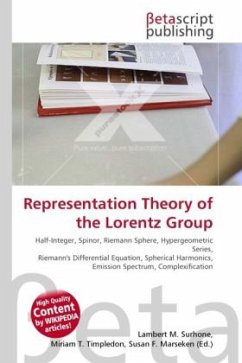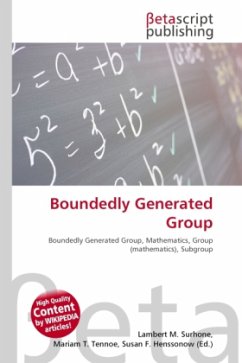
Boundedly Generated Group
Versandkostenfrei!
Versandfertig in 6-10 Tagen
23,99 €
inkl. MwSt.

PAYBACK Punkte
12 °P sammeln!
High Quality Content by WIKIPEDIA articles! In mathematics, a group is called boundedly generated if it can be expressed as a finite product of cyclic subgroups. The property of bounded generation is also closely related with the congruence subgroup problem (see Lubotzky & Segal 2003). Several authors have stated in the mathematical literature that it is obvious that finitely generated free groups are not boundedly generated. This section contains various obvious and less obvious ways of proving this. Some of the methods, which touch on bounded cohomology, are important because they are geomet...
High Quality Content by WIKIPEDIA articles! In mathematics, a group is called boundedly generated if it can be expressed as a finite product of cyclic subgroups. The property of bounded generation is also closely related with the congruence subgroup problem (see Lubotzky & Segal 2003). Several authors have stated in the mathematical literature that it is obvious that finitely generated free groups are not boundedly generated. This section contains various obvious and less obvious ways of proving this. Some of the methods, which touch on bounded cohomology, are important because they are geometric rather than algebraic, so can be applied to a wider class of groups, for example Gromov-hyperbolic groups. Since for any n 2, the free group on 2 generators F2 contains the free group on n generators Fn as a subgroup of finite index (in fact n 1), once one non-cyclic free group on finitely many generators is known to be not boundedly generated, this will be true for all of them.



